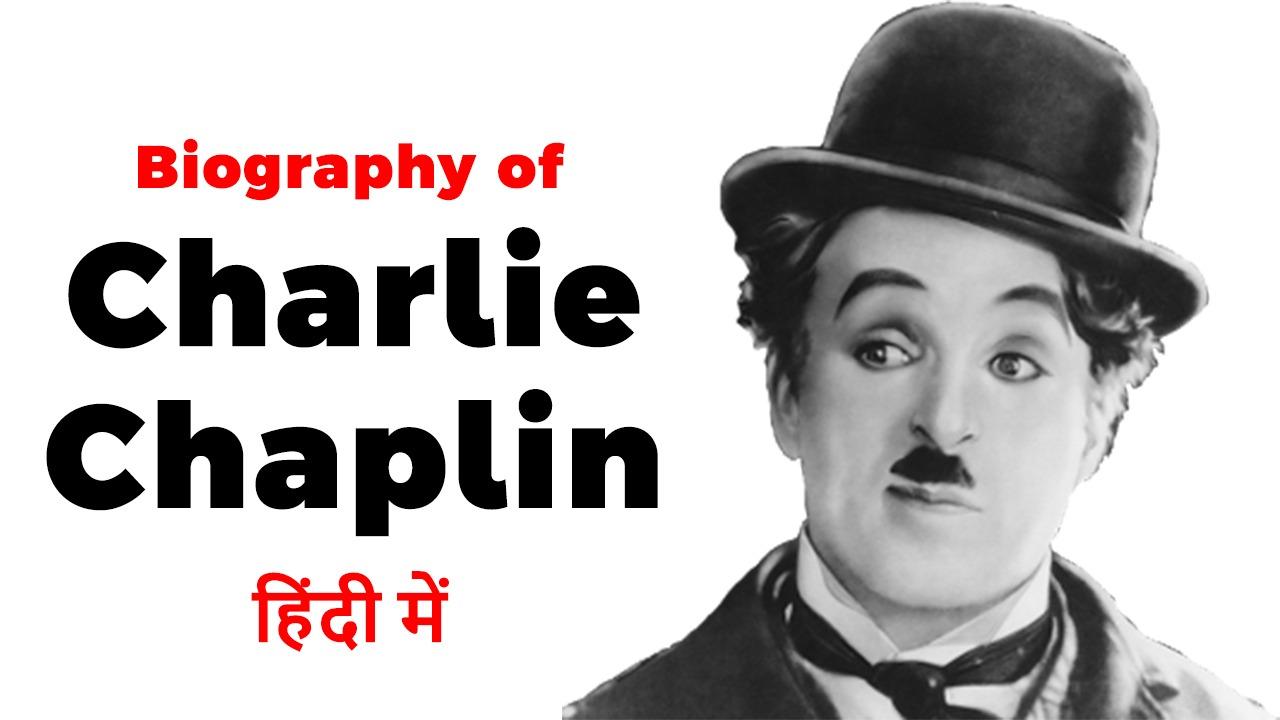Table of Contents
EARLY LIFE
- Born Charles Spencer Chaplin in London, England, on April 16, 1889, Chaplin’s rise to fame is a true rags-to-riches story.
- His father, a notorious drinker, abandoned Chaplin, his mother and his older half-brother, Sydney, not long after Chaplin’s birth.
- That left Chaplin and his brother in the hands of their mother, a vaudevillian and music hall singer who went by the stage name Lily Harley
STRUGGLE
- Chaplin’s mother, who would later suffer severe mental issues and have to be committed to an asylum, was able to support her family for a few years.
- But in a performance that would introduce her youngest boy to the spotlight, Hannah inexplicably lost her voice in the middle of a show, prompting the production manager to push the five-year-old Chaplin, whom he’d heard sing, onto the stage to replace her.
- Chaplin lit up the audience, wowing them with his natural presence and comedic angle (at one point he imitated his mother’s cracking voice). But the episode meant the end for Hannah.
CAREER
- For a time, Chaplin and Sydney had to make a new, temporary home for themselves in London’s tough workhouses.
- Armed with his mother’s love of the stage, Chaplin was determined to make it in show business himself, and in 1897, using his mother’s contacts, he landed with a clogdancing troupe named the Eight Lancashire Lads.
CAREER
- In 1914, Chaplin made his film debut in a somewhat forgettable one-reeler called Make a Living. To differentiate himself from the clad of other Chaplin decided to play a single identifiable character, and “The Little Tramp” was born, with audiences getting their first taste of him in Kid Auto Races at Venice (1914).
- Over the next year, Chaplin appeared in 35 movies, a lineup that included Tillie’s Punctured Romance, film’s first full-length comedy.
- In 1915, Chaplin left Sennett to join the Essanay Company, which agreed to pay him $1,250 a week.
CAREER
- During his first year with the company, Chaplin made 14 films, including The Tramp (1915). Generally regarded as the actor’s first classic, the story establishes Chaplin’s character as the unexpected hero when he saves the farmer’s daughter from a gang of robbers.
- By the age of 26, Chaplin, just three years removed from his vaudeville days, was a superstar. He’d moved over to the Mutual Company, which paid him a whopping $670,000 a year. • The money made Chaplin a wealthy man, but it didn’t seem to derail his artistic drive. With Mutual, he made some of his best work, including One A.M. (1916), The Rink (1916), The Vagabond (1916) and Easy Street (1917).
CAREER
- Through his work, Chaplin came to be known as a grueling perfectionist.
- During the 1920s Chaplin’s career blossomed even more. During the decade he made some landmark films, including The Kid (1921), The Pilgrim (1923), A Woman in Paris (1923), The Gold Rush (1925), a movie Chaplin would later say he wanted to be remembered by, and The Circus (1928).
- The latter three were released by United Artists, a company Chaplin co-founded in 1919 with Douglas Fairbanks, Mary Pickford, and D.W. Griffith.
CAREER
- Chaplin kept creating interesting and engaging films in the 1930s. In 1931, he released City Lights, a critical and commercial success that incorporated music Chaplin scored himself.
- Chaplin spoke even louder in The Great Dictator (1940), which pointedly ridiculed the governments of Hitler and Mussolini.
- But Chaplin was not universally embraced. His romantic liaisons led to his rebuke by some women’s groups, which in turn led to him being barred from entering some U.S. states.
LATER YEARS
- Chaplin soon became a target of the right-wing conservatives. Representative John E. Rankin of Mississippi pushed for his deportation.
- In 1952, the Attorney General of the United States obliged when he announced that Chaplin, who was sailing to Britain on vacation, would not permit him to return to the United States unless he could prove “moral worth.”
- The incensed Chaplin said good-bye to the United States and took up residence on a small farm in Corsiersur-Vevey, Switzerland.
LATER YEARS
- Nearing the end of his life, Chaplin did make one last visit to the United States in 1972, when he was given an honorary Academy Award.
- In 1975, Chaplin received further recognition when he was knighted by Queen Elizabeth II.
- In the early morning hours of December 25, 1977, Chaplin died at his home in Corsier-sur-Vevey, Vaud, Switzerland. His wife, Oona, and seven of his children were at his bedside at the time of his passing.
Biography Free PDF






















 WhatsApp
WhatsApp